Bolivian Wildlife Trivia #1:
Did you know that flamingos are not born pink?
Flamingos are grey. They get their pink and orange tones from the shrimp and plankton they eat.
Did you know Bolivia’s flamingos are almost extinct?
There is a flock of pink flamingos high on the altiplano (15,000 feet above sea level). How they got there no one knows, but when I was younger there were 77,000 of them (1984). More recently (2007) the flock has dwindled to under 5000. It is estimated that this flock, unique in that it is the only one in the world to be found at such an altitude, will be completely gone within the next 10 years. Flamingos lay only one egg per year. People in the rural highland areas steal the eggs for food. But how can you ask a person who barely subsists on a day to day basis to think about flamingo conservation when that person barely has enough food to survive? In addition, flamingos are killed for their wings and feathers which are used to adorn the costumes worn during CARNAVAL in Oruro! Now that could be stopped!
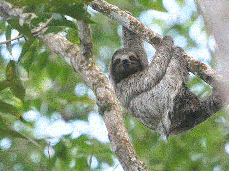 Bolivian Wildlife Trivia #2:
Bolivian Wildlife Trivia #2:What is the slowest animal on Earth doing in Bolivia? Hanging upside down from tree branches, mostly. Sloths are the slowest animal, so slow in fact, that in tropical areas like Santa Cruz mold often grows on their fur. There are two-toed sloths and three-toed sloths. They have very long, sharp curved claws. Even though you might find it entertaining to watch them make their way through the trees of the Santa Cruz central plaza you should be careful about getting too close! Those claws are slow, but deadly. It’s actually a pity they’re in the plaza. People pick them up, tease them, and feed them all the wrong kinds of foods. Being in the city is actually not good for them! Sloths (scientifically categorized as being of the Pilosa family) are related to anteaters and tamanduas.
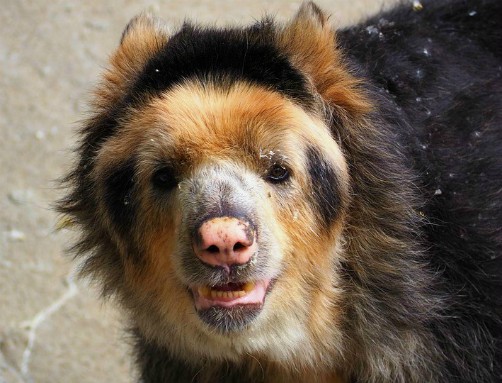 Bolivian Wildlife Trivia #3:
Bolivian Wildlife Trivia #3:Can you name all the bear species in South America? Easy! There is only one! The spectacled bear is the only bear species found on the entire South American continent. It is called a spectacled bear because some members of this species have white rings of fur around their eyes (the rest of the body is blackish) which look like glasses (spectacles). Many spectacled bears, however, have markings on their snouts or have no markings on their faces at all. The species is Tremarctos ornatus. Because they live primarily in warm climates, spectacled bears do not hibernate. There are only about 15,000 of them left in the world and they have been declared an Endangered Species.
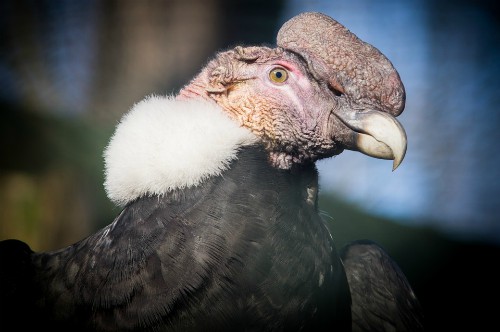 Bolivian Wildlife Trivia #4:
Bolivian Wildlife Trivia #4:What is the largest flying bird in the world?
The Andean Condor. It has a wingspan that can reach 3 meters across – that’s 9 feet! Did you know condors are a type of vulture? Or that they are the Bolivian national bird? The following information is credited to the Cleveland Metroparks Zoo: “Considered to be the largest flying bird in the world, the Andean Condor is seen as a symbol of power and health, with their skins commanding prices as high as $25 apiece. Often times, certain animal species - even endangered ones - are hunted due to false beliefs that their meat or organs offer male virility or some type of cure for physical ailments and diseases in humans. It is a common belief by many villagers that the condor’s bones and organs offer many medicinal powers. Even though these beliefs are false, and grounded not in reality, but rather ignorance, the hunting practices threatening the condors existence is very real. Their ground bones are believed to alleviate rheumatism. Many natives eat the stomach of the Andean Condor because they believe it cures breast cancer. The eyes of the Condor are often roasted and eaten to sharpen one's sight, and their feathers are often placed under sleeping blankets to ward off nightmares.”
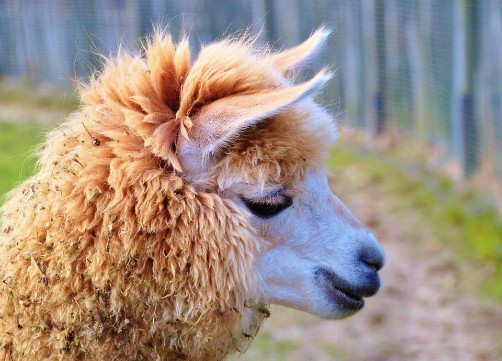 Bolivian Wildlife Trivia #5:
Bolivian Wildlife Trivia #5:What do llamas, alpacas and camels have in common?
They’re cousins! Llamas, alpacas and camels are both from the camelid family, as are the other two types of camelids found in Bolivia: the vicuña and the guanaco. Just like camels, they spit when they get mad! Did you know alpaca fur is so fine and soft that scientifically it has been classified not as a fur, but as a fiber? It is lighter and softer than cashmere, yet 4 times warmer when woven into clothing. Did you know that the vicuña and guanaco (whose fur is also luxuriously soft) are in danger of extinction? Read more about llamas and alpacas.
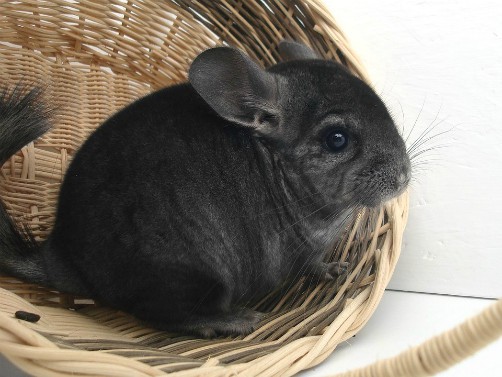 Bolivian Wildlife Trivia #6:
Bolivian Wildlife Trivia #6:Which Bolivian animal has the finest fur in the world?
The chinchilla. A rodent, it’s fur is considered the softest, finest, most luxurious in the world, moreso even than mink or sable. Their exceedingly soft, dense coat has more fur per square inch than any other known mammal! Their fur is so dense that even lice, fleas and other parasites are unable to live on them. This means they are in high demand from the fur industry. The Bolivian short-tailed chinchilla (Chinchilla brevicaudata) is so near extinction it is on the Critically Endangered List. (It should not be confused with the Bolivian chichilla rat (Abrocoma boliviensis) which is found only in Bolivia and is considered a "vulnerable"
Fancy working with some amaxing animals in Bolivia? Leanr more about volunteering with Quest4Change

3 comments:
every animals in this post are different and not usual animals... thanks for sharing ..great post
ha, I will experiment my thought, your post get me some good ideas, it's truly amazing, thanks.
- Thomas
awesome blog, do you have twitter or facebook? i will bookmark this page thanks. jasmin holzbauer
Post a Comment